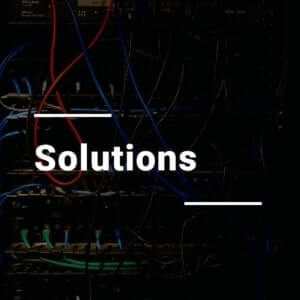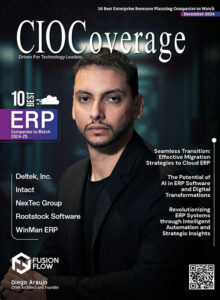 In the fast-paced realm of modern business, migrating to Cloud ERP systems has become more than a trend—it’s a strategic imperative. As enterprises embrace digital transformation, the move to Cloud ERP promises enhanced agility, scalability, and efficiency. However, this transition isn’t without its complexities. Crafting a well-thought-out migration strategy is crucial to ensure a seamless shift and maximize the benefits that Cloud ERP offers.
In the fast-paced realm of modern business, migrating to Cloud ERP systems has become more than a trend—it’s a strategic imperative. As enterprises embrace digital transformation, the move to Cloud ERP promises enhanced agility, scalability, and efficiency. However, this transition isn’t without its complexities. Crafting a well-thought-out migration strategy is crucial to ensure a seamless shift and maximize the benefits that Cloud ERP offers.
Understanding the Imperative
The need to migrate to Cloud ERP isn’t solely about embracing the latest technology. It’s about unlocking transformative potential. Cloud ERP streamlines operations, enhances accessibility, and empowers data-driven decision-making. It’s a shift toward a future-ready infrastructure that fosters innovation and growth.
Key Components of a Successful Migration Strategy
- Comprehensive Assessment
Start by conducting a thorough assessment of your current systems, data structures, and business processes. Understand what works well, what needs improvement, and identify the specific goals and outcomes you seek from the migration.
- Clear Objectives and Roadmap
Establish clear objectives for the migration process. Define key milestones and a roadmap that delineates the steps involved, from initial planning to post-migration support. A phased approach often proves effective in managing the transition smoothly.
- Data Migration and Integration
Data is the backbone of any ERP system. Plan meticulously for data migration, ensuring data integrity, and compatibility between existing and new systems. Seamless integration with other applications is also critical for a cohesive ecosystem.
- Addressing Change Management
A successful migration isn’t just a technical shift; it’s also a cultural change. Prepare your teams for the transition by providing comprehensive training and support. Communicate the benefits and the impact on their workflows to ease the adoption process.
- Security and Compliance
Prioritize data security and compliance throughout the migration. Ensure that the Cloud ERP system meets industry standards and implement robust security protocols to safeguard sensitive information.
- Continuous Evaluation and Optimization
Post-migration, establish mechanisms for continuous evaluation and optimization. Regularly assess performance metrics, user feedback, and system capabilities to identify areas for improvement and ensure long-term success.
Overcoming Challenges and Mitigating Risks
Challenges are inevitable in any migration process. From technical complexities to resistance to change, proactive risk mitigation is essential. Engage with stakeholders, leverage expertise from experienced consultants, and maintain open communication channels to address challenges as they arise.
Conclusion:
The journey to Cloud ERP is a transformative one, reshaping the way organizations operate and thrive in a competitive landscape. A well-crafted migration strategy, tailored to your organization’s unique needs and goals, will pave the way for a successful transition. Embrace this change not just as an IT upgrade, but as a strategic evolution driving your business toward greater efficiency, agility, and innovation.















